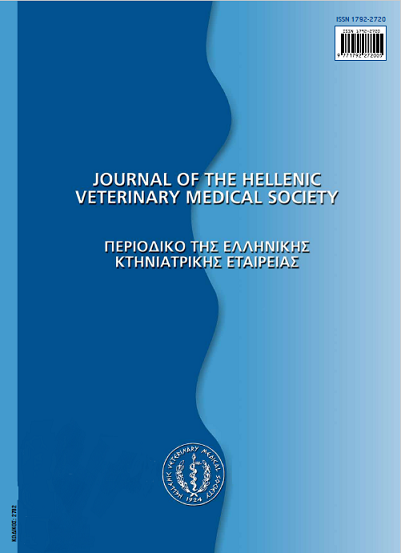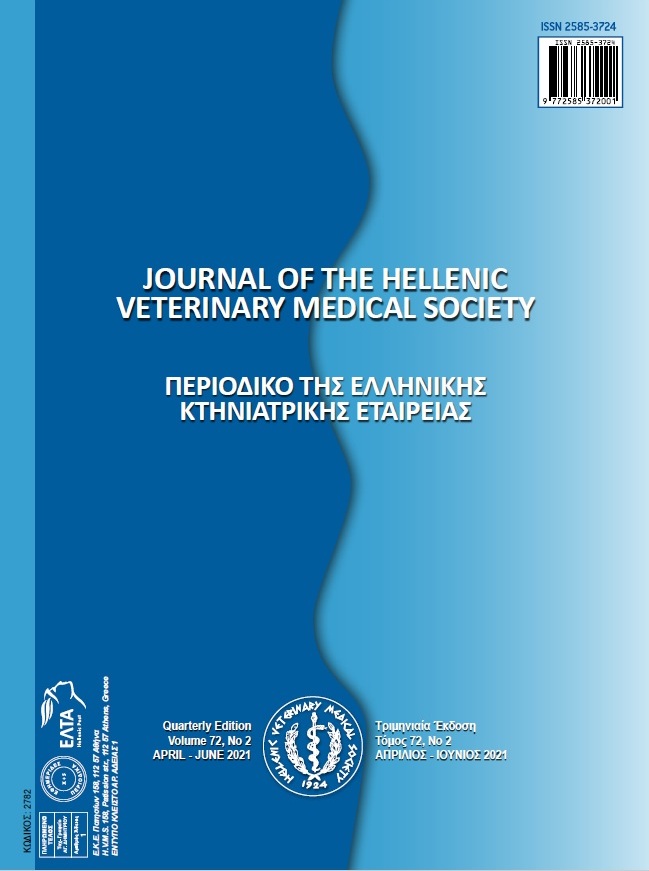Health Monitoring of Laboratory Animals in Breeding and Experimental Units

Abstract
The last decades the number of laboratory animals used in experiments was dramatically increased due to biomedical research development, while new needs were revealed. The animals used in experiments should be genetically defined and should have a certain health status. Only healthy animals should be used in experiments. The good health of the lab animals that are goingto be used in experiments and the maintenance of this good health during the whole period (before- during- in the end) of experimentation is of crucial importance. On the other hand, the good health of all animals (and of course lab animals) is always at a risk due to a variety of infections. These infections (clinical or subclinical) can influence the outcome of the experiment. Moreover, clinical disease may not be observed until the animal is stressed (e.g the experiment itself or other endogenous or exogenous factors). Depending upon the exogenous factor or the infectious agent a variety of biological parameters maybe influenced. Microbial infections may also lead to biological material contamination such as: tissue cultures, cell-lines, biological products
(sera), while many of these infectious agents are zoonotic. In this case, the risk for the personnel (scientists, animal caretakers, technicians) is great. Not only in most European Countries, but also in the U.S.A., Canada and Japan, Health Monitoring Programs (HMPs) in lab animal facilities are performed. In 1994 and later in 2002 the Federation of European Laboratory Animal Science Associations (FELASA) published recommendations for the health monitoring of rodent and rabbit colonies in breeding and experimental units. In these recommendations a list of viruses, bacteria, mycoplasmas, fungi and parasites that lab animal facilities should be monitored for, is presented. Moreover, recommendations for the sampling frequency, the sample size and the diagnostic methodology are also given. By publishing these Recommendations FELASA aims to the harmonization of HMPs at least between the E.U. countries. Moreover, the need for accredited diagnostic laboratories involved in health monitoring is underlined.
Article Details
- How to Cite
-
PETRIDOU, E. (2017). Health Monitoring of Laboratory Animals in Breeding and Experimental Units. Journal of the Hellenic Veterinary Medical Society, 60(3), 227–232. https://doi.org/10.12681/jhvms.14930
- Issue
- Vol. 60 No. 3 (2009)
- Section
- Special Article
Authors who publish with this journal agree to the following terms:
· Authors retain copyright and grant the journal right of first publication with the work simultaneously licensed under a Creative Commons Attribution Non-Commercial License that allows others to share the work with an acknowledgement of the work's authorship and initial publication in this journal.
· Authors are able to enter into separate, additional contractual arrangements for the non-exclusive distribution of the journal's published version of the work (e.g. post it to an institutional repository or publish it in a book), with an acknowledgement of its initial publication in this journal.
· Authors are permitted and encouraged to post their work online (preferably in institutional repositories or on their website) prior to and during the submission process, as it can lead to productive exchanges, as well as earlier and greater citation of published work.



